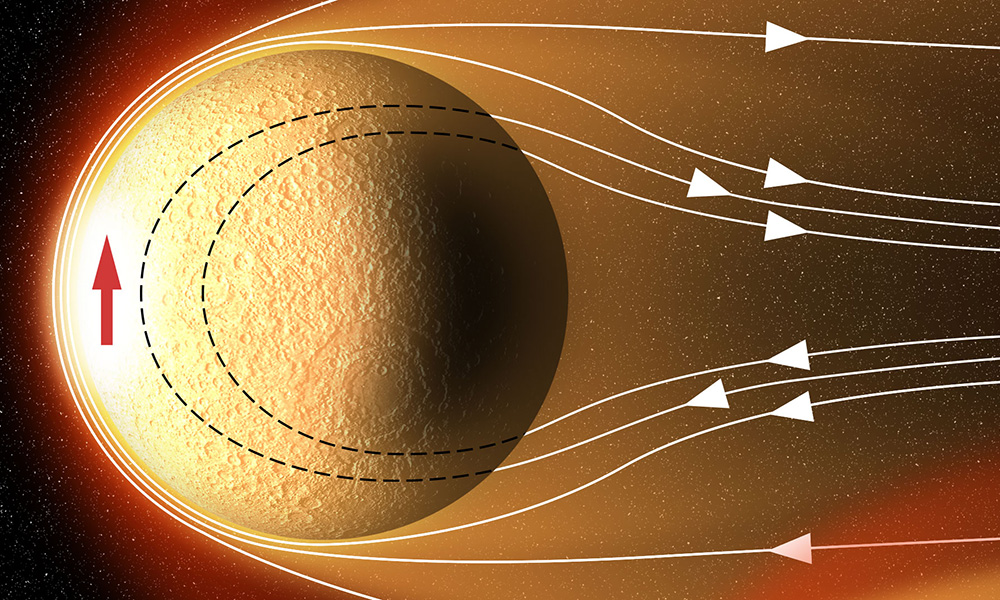
Rochester researchers uncover key clues about the solar system’s history
Researchers have used magnetism to determine, for the first time, when asteroids that are rich in water and amino acids first arrived in the inner solar system.

Research provides new insights into the evolution of stars
The High-Energy-Density Physics Theory Group at the Laboratory for Laser Energetics studied how matter under high-pressure conditions might emit or absorb radiation.
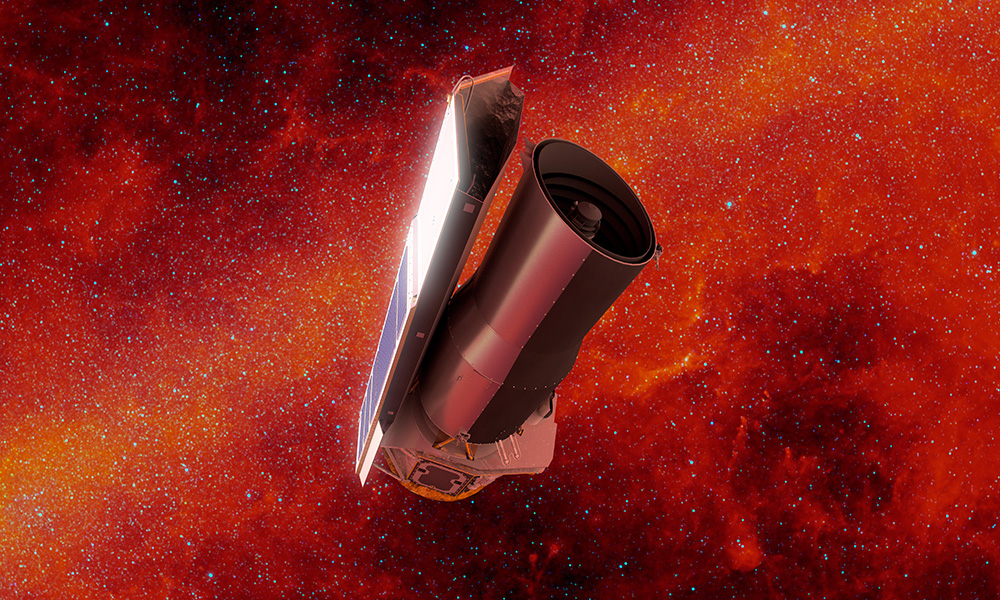
Rochester astronomers reflect on their contributions to Spitzer Space Telescope
As NASA retires its Spitzer Space Telescope, the Rochester scientists who were involved in its development, look back on the project.
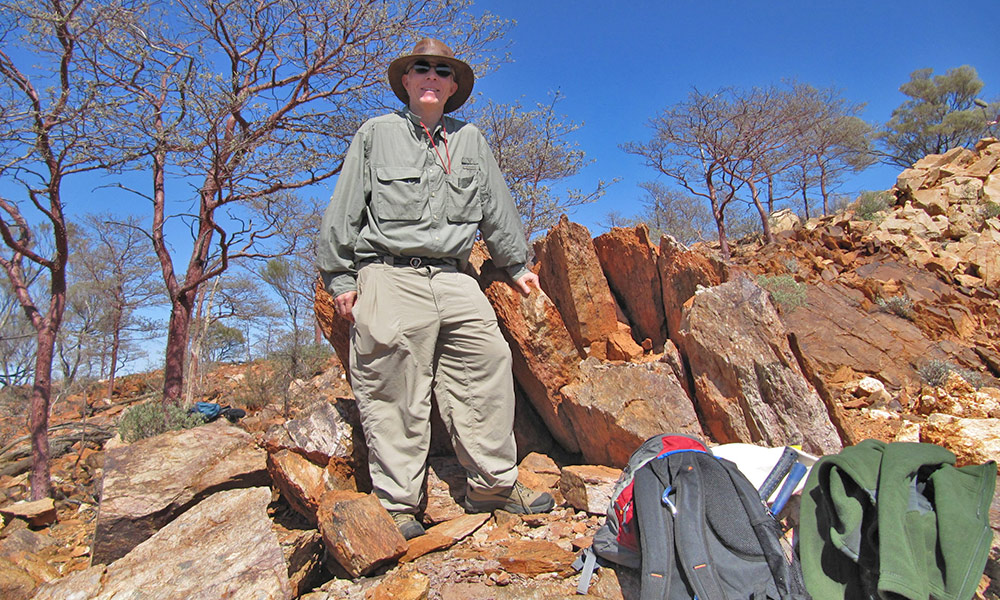
New research unlocks clues about Earth’s magnetic field
Professor John Tarduno has analyzed zircon crystals collected from sites in Australia—the oldest known terrestrial materials—to construct a timeline of Earth’s magnetic field, finding that the field was stronger than previously believed.

Adam Frank wins multiple awards for promoting public understanding of science
The University of Rochester astrophysicist recently received the American Physical Society’s 2020 Joseph A. Burton Forum Award and his latest book Light of the Stars was awarded the 2019 Phi Beta Kappa Award for Science.
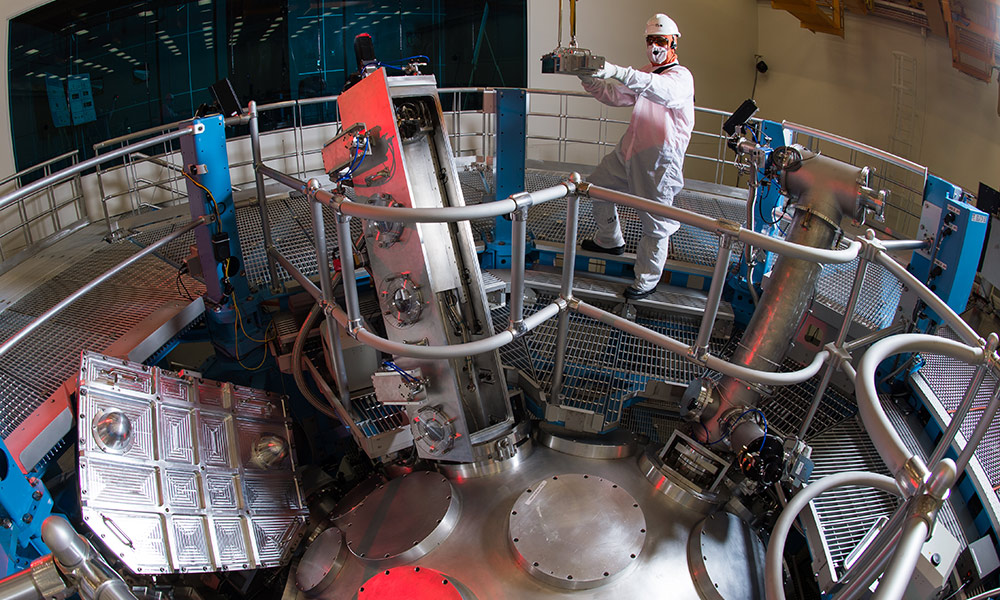
Rochester recognized as leader in high-energy-density physics
Three of eight national research grants recently awarded by the Department of Energy were given to researchers at the University of Rochester, which is home to the largest university-based DOE research program in the nation.
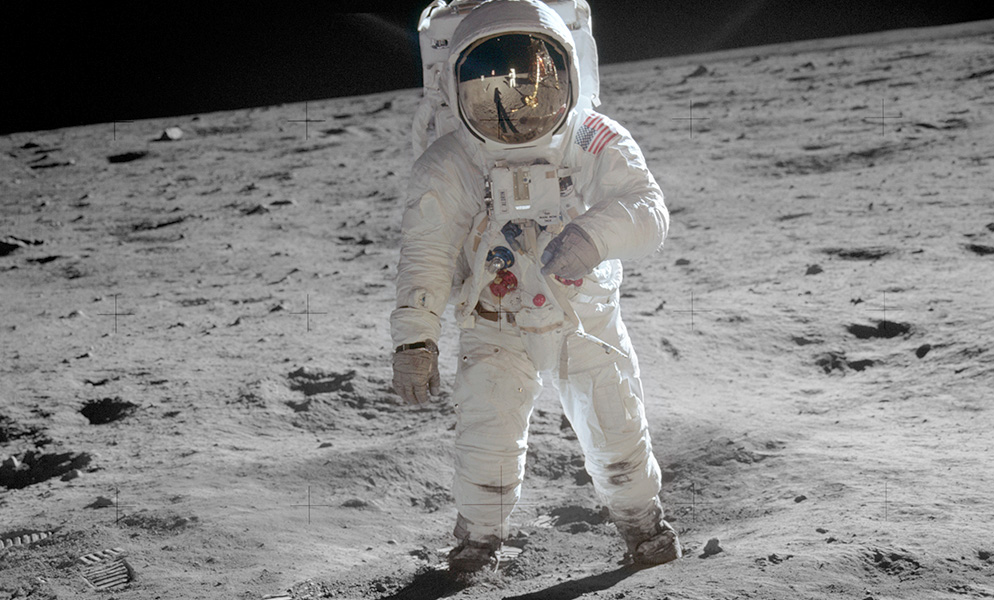
3 questions: 50 years after the moon landing
The lunar rocks brought back by the Apollo astronauts still inform research today, including the work of Rochester professor Miki Nakajima, who studies the formation and evolution of the Earth, the moon, and other planetary bodies.
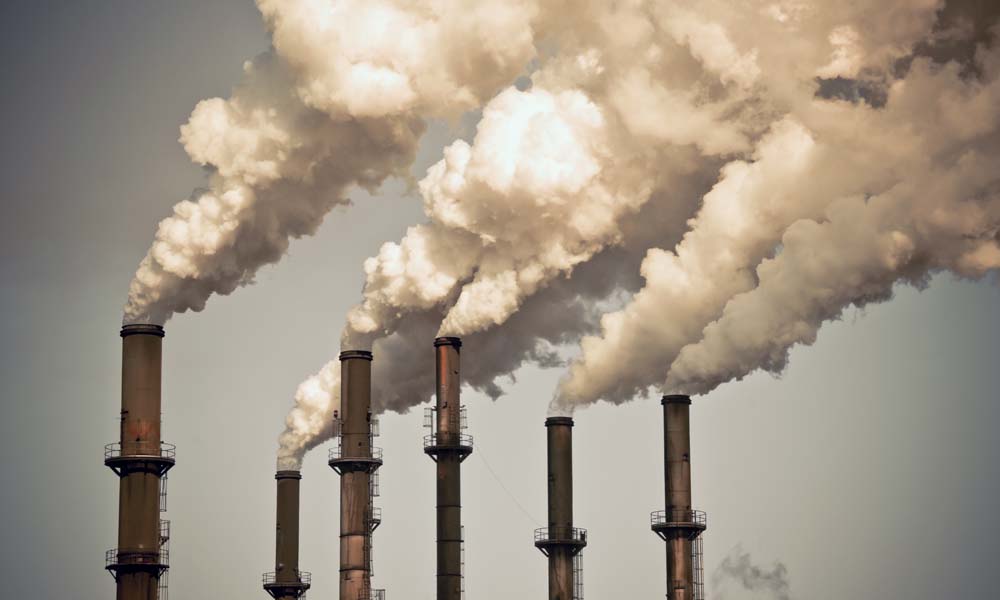
Ice core data confirms increased tropospheric ozone levels since industrialization
The findings suggest good news about the reliability of the computer models used to estimate and predict the changes in ground-level ozone.
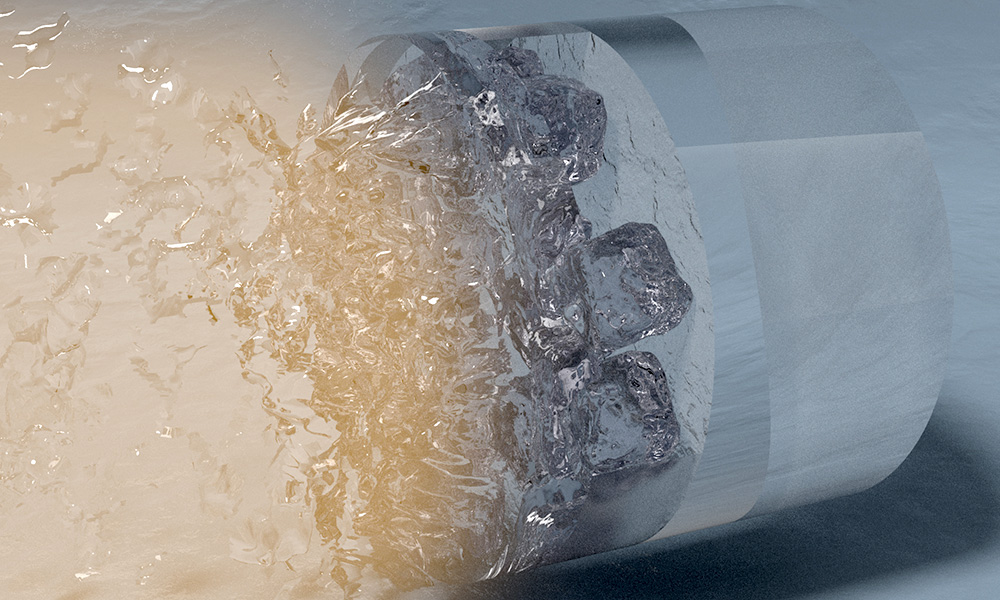
‘Exotic’ form of ice both solid and liquid
Using lasers at the Laboratory for Laser Energetics, researchers have created a superionic water ice, identifying and recording the ice’s atomic structure for the first time and changing our understanding of ice giant planets like Uranus and Neptune.
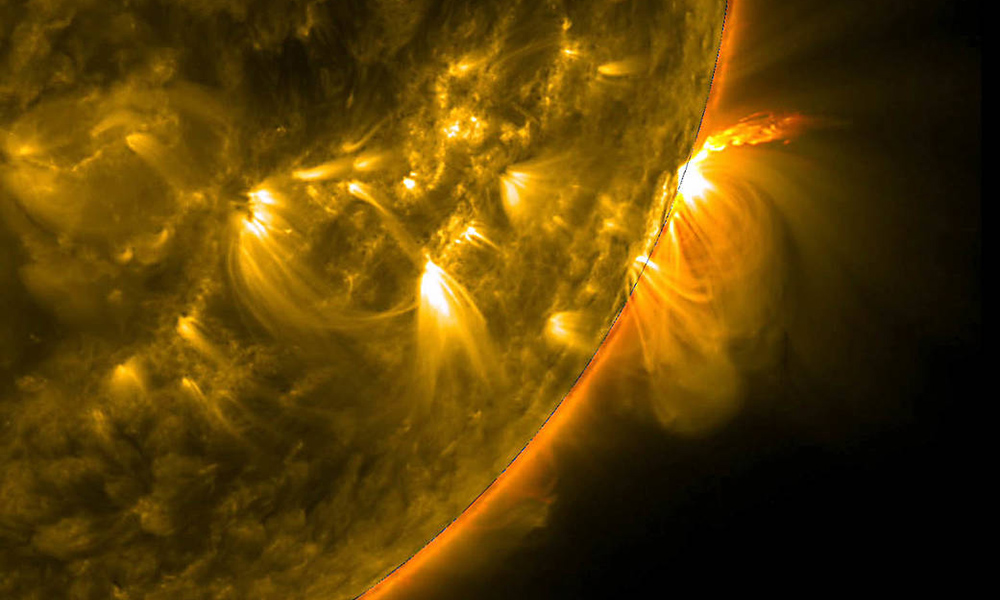
Researchers turn liquid metal into a plasma
For the first time, researchers at Rochester’s Laboratory for Laser Energetics (LLE) have found a way to turn a liquid metal into a plasma and to observe the temperature where a liquid under high-density conditions crosses over to a plasma state.
